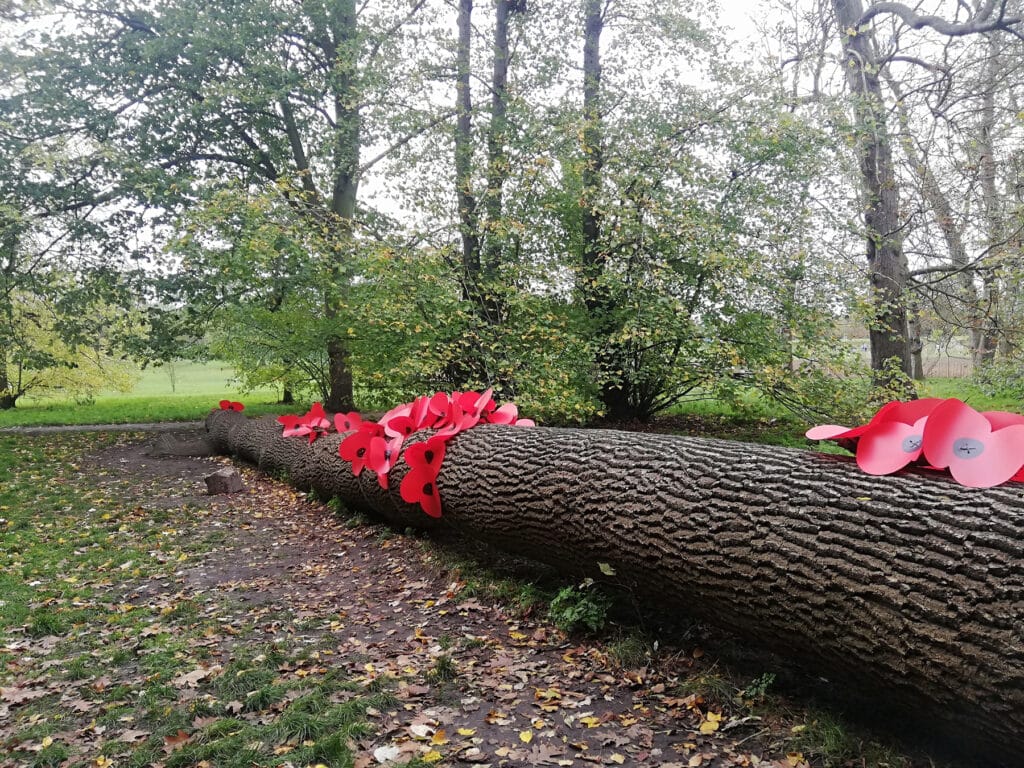The reason why we remember those that have lost their lives or been affected by the horror of war on the 11th November is because at the 11th hour of the 11th day of the 11th month of 1918 the end of the First World War was declared. It has since become the day to remember all those that have been lost in that war and sadly every war since. As part of the “Marble Hill Remembers” exhibition, the team at English Heritage planned to represent each of the fallen of Richmond from the First and Second World Wars by a poppy within the Park, drawing their list of 897 people from a memorial book in the local archives.

The interests and experience of one local research volunteer led him to feel it was important to double-check the names that had been taken from the memorial book.
In the first instance, he had to analyse the memorial list. It became apparent that in 1921 the council seemed to compile the records for the war memorial by including Richmond town (essentially the old parish of St Mary Magdalen), plus Kew, plus what was then called North Sheen (now more often called Kew), plus Petersham.
Not only did he have to disentangle the list to establish the names for Richmond, but the researcher also then went back to the main source for war records, the Commonwealth War Graves Commission. His research was focussed on converting initials to full names to bring more life and meaning to the war dead. However, as bodies continue to be exhumed and identified the Commission also continues to update its records. The records the researcher has extracted are being cross checked with local memorials and already some anomalies have been found. This is a long and arduous task. After much more intensive checking it may be necessary to request that any anomalies remaining are reflected on the relevant monument.
